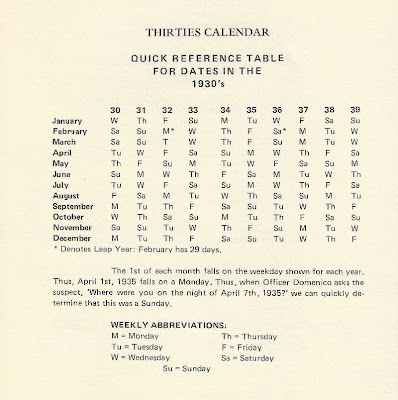Mike Mattock
Take Sam Spade but name a different digging tool and apply alliteration. The result is Mike Mattock, “a private investigator of the 'hard-boiled' school.” Mike is first on this list by virtue of having the best illustration; the fact that he was played by your humble host did not factor into this decision. He is the smartest of the sample characters. “Often surly and short with men, he will fall all over himself with a dame.” His Pistol and Driving skills are at maximum value.
 Paddy Dugan
Paddy DuganThe inspiration for Paddy was none other than Marvel Comics' “Dum Dum” Dugan even though the Marvel character did not begin his adventuring career until WWII. “A big-boned, tall lad who likes a good brawl.” In fact, his Brawling skill has the highest possible score. Dugan has the highest Health attribute among the sample characters and he is almost as strong as Grendith (see below). “He is loyal to his friends and makes an excellent companion either in a tight spot or celebrating victory later.”
John 'Indiana Slim' Ford
They didn't even bother to come up with a different state for this dude. “When 'off-duty,' he appears as a simple museum curator but, when in the thick of things, he is a hard-as-nails tough guy.” Of course, he has a whip and his Whip skill cannot be exceeded (neither can his Swimming skill). “Ford is a tough adventurer who is as much in love with danger as he is with the rewards of the game.”
Dominic Fortunato
Fortunato is a ringer for Howard Chaykin's Dominic Fortune. (Personally, I have a preference for Chaykin's earlier version of the character – The Scorpion, alias Moro Frost.) “He is, by his own admission, an adventurer who is 'only in it for the money.'” Fortunato is the fastest of the sample characters. Also, his 'Deftness' (manual dexterity) is on par with that of 'Indiana Ford' and is slightly less than that of Grendith (see next). “He is persistent if not overly sharp.”
Earl Grendith
Replace the “ndith” in Grendith with “ystoke” and – viola – Tarzan. In fact, the Captain Ersatz Tarzan in Philip José Farmer's A Feast Unknown is called “Lord Grandrith.” Among the sample characters, he has the highest scores in Will, Strength, and Deftness. In terms of Speed, he is just behind Fortunato. “He is only at home in the wilderness” and there he “will wear only the lightest clothing.” Grendith has the following skills at their highest possible value: Knife, Brawling, Throwing, Tracking, Hunting, and Stealth.
Eagle Renwick
Last (and possibly least) we have Eagle Renwick who is based on the character of Col. John “Renny” Renwick, one of Doc Savage's five aides. Like the 'real' Renwick, he is a civil engineer, but the Daredevils write-up emphasizes his abilities as a pilot. “A very tall man of somewhat gangling appearance. He is of a taciturn disposition, but will really enjoy himself in a good fight.” He's not 'maxed out' on any of his skills and none of his attributes rank among the highest of his fellow sample characters.
Sample characters – in any game – provide a useful perspective as to how the game's designer envisioned player characters. Of course, it is through their characters that players 'experience' a game. Therefore, sample characters provide a window into the player experience that the creator intends. With the characters above, Charrette and Hume show that Daredevils can accommodate a PC party that includes the likes of Tarzan, Sam Spade, Indiana Jones, and a couple of Marvel Comics C-listers (D-listers?). Some people will like the concept and some won't. If you don't like the concept, Daredevils can be played in a more subdued manner, but the game allows for – if not encourages – a diverse, flamboyant combination.















